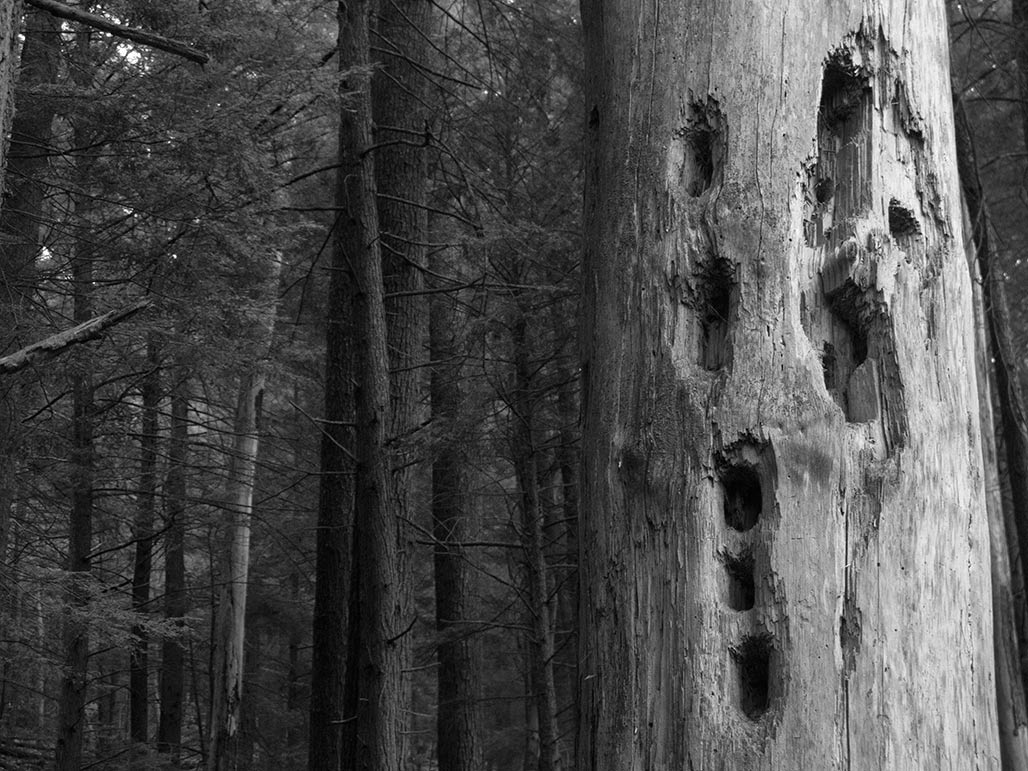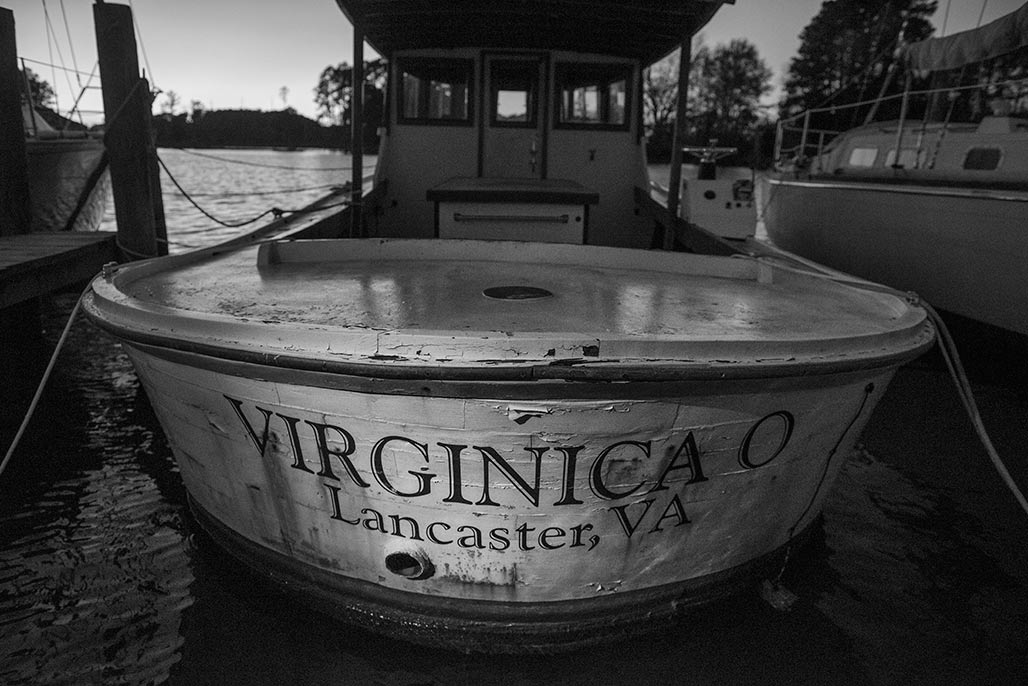
Pachinko for 1 yen
In answers to request from many customers
Recurrence of Origin
Slot machine for 2 Yen
Pachinko for 0.5 Yen
photography from the Chesapeake Bay watershed by Bill Emory


But a dead tree, contrary to popular perception, has a plus side. Called a snag, it plays host to a variety of insects, fungi, spiders, and other small native creatures of the woodland; a variety of mammals, including flying and gray squirrels, raccoons, and others; and, surprisingly, about eight-five species of birds in North America. In a forest, at least, maturity and deadwood are relative terms.–Robert Halma, “The Lehigh Valley: A Natural and Environmental History”
Excellent article on dead trees, see: “Praise the Dead: The Ecological Values of Dead Trees” by George Wuerthner



Photoshop everywhere, some places more obvious than others.

Alewives are perhaps best known for their invasion of the Great Lakes by using the Welland Canal to bypass Niagara Falls.–Wikipedia
alewife, kiack, gaspereau, sawbelly, mooneye
